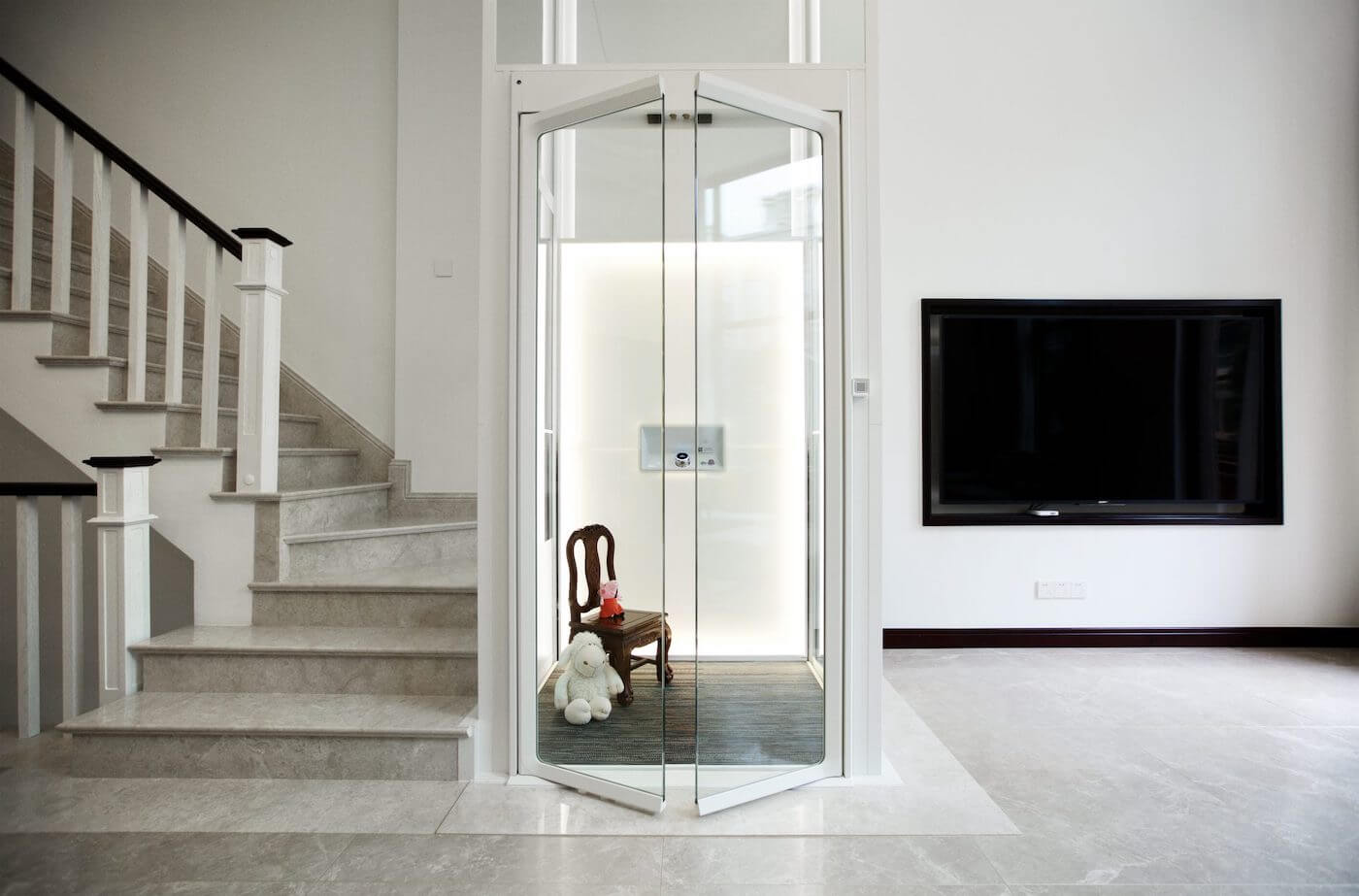We Maintain Lifts with Precision: Ensuring Safety And Security and Effectiveness
Wiki Article
Delving Into the World of Lifts: Typical Issues Encountered by Various Lift Devices
As we navigate via the upright transport systems of contemporary buildings, elevators attract attention as a vital element of our daily lives. However, behind their seamless operation lies a globe of elaborate systems that can in some cases run into difficulties. From hydraulic lifts to traction systems and machine-room-less layouts, each lift kind features its set of typical issues. Understanding these obstacles is essential for ensuring the smooth performance of these crucial systems. Allow's explore the complexities that underlie the operation of lifts and the potential concerns that can arise, clarifying the intricate web of lift mechanisms.Hydraulic Elevators
Hydraulic lifts, often liked for low-rise structures, use fluid pressure to manage the activity of the lift auto (lift repair companies). This device entails a hydraulic pump pushing oil into a cyndrical tube, causing the lift to relocate the wanted instructions. While hydraulic lifts are known for their quiet and smooth operation, they do feature their very own collection of typical issuesOne widespread trouble with hydraulic elevators is oil leak. Additionally, issues with the control system, such as damaged shutoffs or a malfunctioning pump, can create disruptions in the lift's activity.
Regular maintenance and timely repairs are important to make sure the smooth functioning of hydraulic lifts. By addressing these usual concerns proactively, building owners can decrease downtime and guarantee the safety and security and efficiency of their vertical transport system.
Traction Lifts
When considering vertical transportation systems in buildings, one more typical kind apart from hydraulic elevators is the grip elevator. Traction lifts run using a system of ropes and weights that relocate the elevator car by grasping onto the hoist ropes. This system permits for smoother and quicker upright transport contrasted to hydraulic systems.Among the common issues encountered by grip elevators is rope wear. The continuous movement of the ropes within the grip system can lead to deterioration with time, potentially triggering the elevator to breakdown or end up being risky for usage. Regular examinations and maintenance of the ropes are important to make certain the lift's proper performance and security.
Another problem that grip elevators may encounter is associated to the control system. Issues with the control system can result in concerns such as erratic motion, delays in action times, and even complete closures. Routine testing and upkeep of the control system are critical to stop such problems and make certain the lift's integrity.
Machine-Room-Less (MRL) Lifts

One of the essential elements of MRL elevators is the small gearless traction device that is mounted within the hoistway. This maker effectively drives try this site the elevator automobile without the requirement for large devices found in typical grip lifts. Additionally, MRL elevators commonly utilize a counterweight system to balance the car, further improving their energy effectiveness.
Regardless of their advantages, MRL lifts may face obstacles associated with repair and maintenance because of the confined room for tools installment. Accessibility for servicing parts within the shaft can be restricted, calling for specialized training for professionals. Appropriate maintenance schedules and routine examinations are crucial to guarantee the continued smooth procedure of MRL lifts.
Overloading and Weight Restriction Issues
Overloading and weight limit concerns are critical issues in lift operations. Lift manufacturers design raises with certain weight abilities to make certain traveler safety and devices durability.When lifts are overloaded, it puts excessive strain on the electric motor, cable televisions, and other elements, potentially causing malfunctions or break downs. If they identify excess weight, safety systems such as sensing units and overload sensors are in location to stop elevators from relocating. Additionally, surpassing weight restrictions can result in boosted power intake and deterioration on the elevator system.
To alleviate overloading issues, building supervisors need to plainly show weight limits in lifts and inform residents on the relevance of sticking to these restrictions - lift repair companies. Normal maintenance checks by certified technicians can additionally assist make sure that elevators are operating within secure weight specifications. By resolving overloading and weight restriction concerns proactively, building proprietors can find out here boost lift safety and efficiency
Electric System Failures
Going beyond weight limitations in elevators can not just lead to mechanical issues yet also possibly contribute sites to electrical system failures within the lift infrastructure. Electric system failings are a crucial concern in lift procedure, as they can cause unanticipated closures, malfunctions, or even security risks.Regular upkeep and inspections are critical to determine and address possible electrical issues promptly, guaranteeing the reliable and secure operation of lift systems. By sticking to weight limitations and conducting regular electric system checks, structure proprietors can reduce the danger of electric failings in elevators.
Conclusion

Hydraulic lifts, often chosen for low-rise structures, make use of fluid pressure to control the motion of the lift car.When considering upright transport systems in structures, an additional usual type apart from hydraulic elevators is the traction lift. Traction elevators operate utilizing a system of ropes and weights that move the elevator cars and truck by clutching onto the hoist ropes. Unlike traditional elevators that require a separate device room to house the equipment, MRL lifts incorporate many of the parts within the shaft, eliminating the demand for a committed maker area.In conclusion, lifts deal with typical issues such as hydraulic malfunctions, traction system failures, and electrical system issues.
Report this wiki page